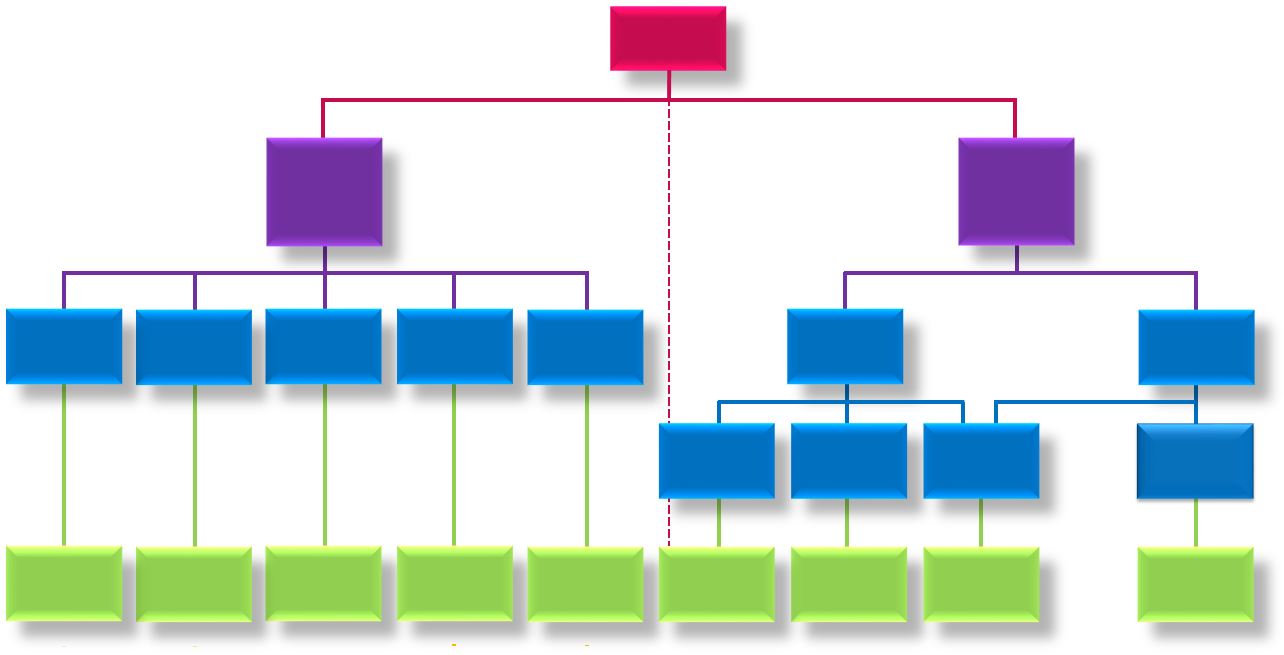
The New Mobilities Paradigm

The Future > The New Mobilities Paradigm
News Mediarail.be
The phrase “new mobility” has come into widespread use to describe the intersection of new technologies with new business models (and some existing ones). New mobility has the potential to revolutionize the transportation of people and goods. Its effects could include improved transportation system efficiency.
Fragmented, automated and personalized, the travel is today on demand, on customers requirements. It is the individualization of travel rather than collectivization.That’s probably the future of our mobility. It is already beginning to be realized, while the incumbents do not yet really measure what will happen. They have the conviction that governments will protect them from the new economy, to guarantee their methods of the past. It's a mistake to think like that. Fortunately there are managers who know what will happen and who anticipate.
Here is a story that could become reality soon, even if no one can say "when". How back at home? Train or bus? A carpool vehicle? Bike on demand (it's raining)? No, you opts for your own autonomous taxi. A small electric car— without driver—arrives a few minutes later right in front of your workplace and twenty minutes later, you are at your apartment door. The cost of the whole trip is instantly deducted from your bank account.
It is the weekend and you want to visit an exhibition in a city at 250 km. The nearest train station is 15 km away. If you are sporty, you opt for your own bike. But you don’t have one, and the trip to the exhibition is complicated. No problems: thanks to a smartphone application, you check the starting street and the address of the exhibition. The application will give you all modes of transportation available at the time you chose. In order, you will make your way with a self-driving car to the railway station. Then you will take a regional train. You will have to change at the main station and you will take a connection by Intercity train. As you are a reader, you have preferred a "zen" place that is reserved for you in the Intercity. You finally arrive in the city. The exhibition location is not too far away and it's good weather, you have opted for a bike on demand. If it rains, you will then take a tram.The cost of the whole trip is instantly deducted from your bank account. A journey like this, with the complex web of actors required to make it happen, may be possible sooner than many of us imagine. Utopia?
This kind of connected transportation grid is starting to emerge in cities around the world. For the time being, this phenomenon is essentially urban or suburban. It allows users to customize their multimodal trips for maximum efficiency. But this phenomenon could quickly spread to peri-urban and even rural zones. Indeed, it is know that people living in rural areas today are people with more money than 50 years ago. They are as connected as anyone in urban zone. But conversely, as part of a door-to-door journey, city dwellers themselves are interested by integrated mobility from their home to the destination, especially when it is necessary to join a lost lodge for a quiet weekend.
But in fact, what will change in the next few years?
Through tens of seminars and hundreds of conversations with corporate executives, government leaders, technologists, and academics around the globe, there are no doubt that a fundamental shift is driving a move away from personally owned, driver-driven vehicles and toward a future mobility system centered around (but not exclusively composed of) driverless vehicles and shared mobility. New technologies include vehicles that communicate electronically with each other and the traffic grid, fully or partially self-driving vehicles, electric vehicles, and vehicles with some combination of those elements. New transportation business models involve services that provide mobility on demand, or mobility as a service, or shared mobility.
It is important to divide the new mobilities into two categories of innovation:
- new technologies ;
- new business models and social trends
Fragmented, automated and personalized, the travel is today on demand, on customers requirements. It is the individualization of travel rather than collectivization.That’s probably the future of our mobility. It is already beginning to be realized, while the incumbents do not yet really measure what will happen. They have the conviction that governments will protect them from the new economy, to guarantee their methods of the past. It's a mistake to think like that. Fortunately there are managers who know what will happen and who anticipate.
Here is a story that could become reality soon, even if no one can say "when". How back at home? Train or bus? A carpool vehicle? Bike on demand (it's raining)? No, you opts for your own autonomous taxi. A small electric car— without driver—arrives a few minutes later right in front of your workplace and twenty minutes later, you are at your apartment door. The cost of the whole trip is instantly deducted from your bank account.
It is the weekend and you want to visit an exhibition in a city at 250 km. The nearest train station is 15 km away. If you are sporty, you opt for your own bike. But you don’t have one, and the trip to the exhibition is complicated. No problems: thanks to a smartphone application, you check the starting street and the address of the exhibition. The application will give you all modes of transportation available at the time you chose. In order, you will make your way with a self-driving car to the railway station. Then you will take a regional train. You will have to change at the main station and you will take a connection by Intercity train. As you are a reader, you have preferred a "zen" place that is reserved for you in the Intercity. You finally arrive in the city. The exhibition location is not too far away and it's good weather, you have opted for a bike on demand. If it rains, you will then take a tram.The cost of the whole trip is instantly deducted from your bank account. A journey like this, with the complex web of actors required to make it happen, may be possible sooner than many of us imagine. Utopia?
This kind of connected transportation grid is starting to emerge in cities around the world. For the time being, this phenomenon is essentially urban or suburban. It allows users to customize their multimodal trips for maximum efficiency. But this phenomenon could quickly spread to peri-urban and even rural zones. Indeed, it is know that people living in rural areas today are people with more money than 50 years ago. They are as connected as anyone in urban zone. But conversely, as part of a door-to-door journey, city dwellers themselves are interested by integrated mobility from their home to the destination, especially when it is necessary to join a lost lodge for a quiet weekend.
But in fact, what will change in the next few years?
Through tens of seminars and hundreds of conversations with corporate executives, government leaders, technologists, and academics around the globe, there are no doubt that a fundamental shift is driving a move away from personally owned, driver-driven vehicles and toward a future mobility system centered around (but not exclusively composed of) driverless vehicles and shared mobility. New technologies include vehicles that communicate electronically with each other and the traffic grid, fully or partially self-driving vehicles, electric vehicles, and vehicles with some combination of those elements. New transportation business models involve services that provide mobility on demand, or mobility as a service, or shared mobility.
It is important to divide the new mobilities into two categories of innovation:
- new technologies ;
- new business models and social trends
Hier
Aujourd'hui
Demain
XXX

New
Mobility
Mobility
New
business
models and
social trends
business
models and
social trends
New
Technologies
Technologies
Vehicle-to
vehicle
communication
vehicle
communication
Vehicle-to
-infrastructure
communication
-infrastructure
communication
Share-use
mobility
mobility
Zero emission
vehicle
vehicle
semi-
autonomous
autonomous
Fully
autonomous
autonomous
Ridesourcing
e-hailing
e-hailing
Shared
ridesourcing
/ e-hailing
ridesourcing
/ e-hailing
Shared
ridesourcing
/ e-hailing
ridesourcing
/ e-hailing
Ridesharing
Carsharing
Comm. V2I
weather,
traffic,parking
weather,
traffic,parking
some
automatised
functions
automatised
functions
Blablacar,
Rail, aviation
bus, métro
Rail, aviation
bus, métro
Zipcar,
carpooling,
DriveNow...
carpooling,
DriveNow...
many
concepts
concepts
Vehicle
platooning
platooning
Autonomous
vehicle
vehicle
Uberpool,
Lyft Line
Lyft Line
Click on underlined text. Source : white paper from ICCT








-WEc780af7f81.png)

